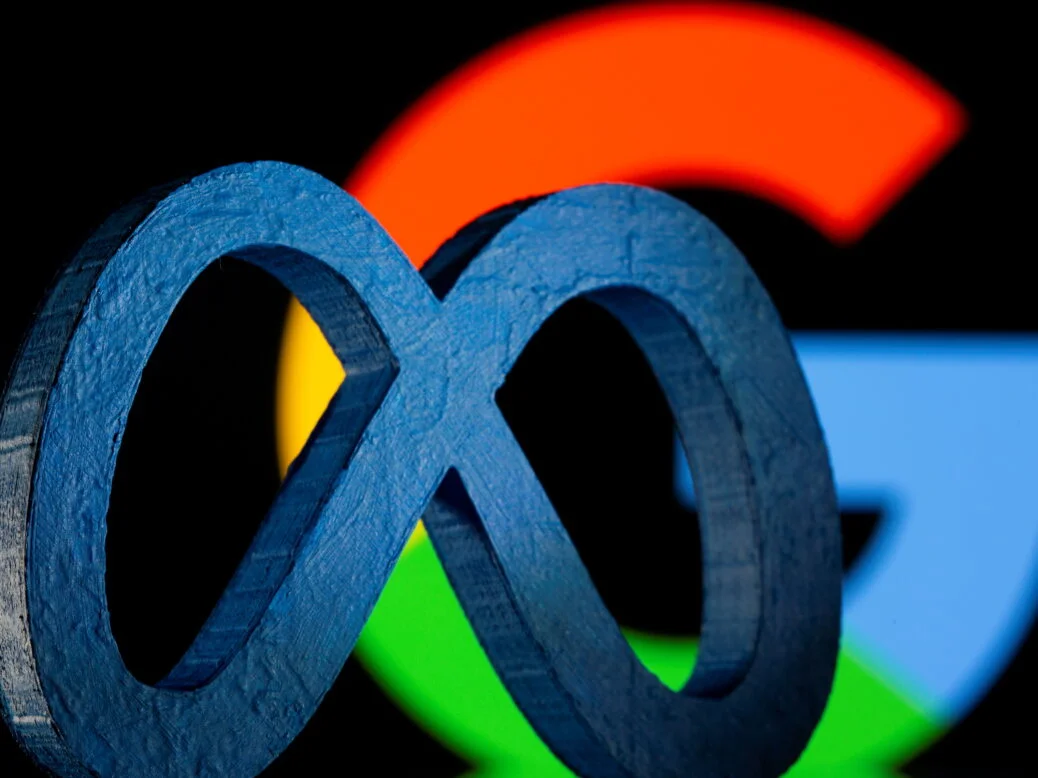A quick look at the global economic situation reveals that monetization diversity remains as sound a strategy for publishers as ever.
Before the Israel-Hamas war, the outlook for the global economy was middling, with the OECD projecting that growth would slow next year amid persistent core inflation.
Now, however, the World Bank has just warned that if the conflict escalates, then global energy prices will hit record-breaking highs. In the bank’s worst-case scenario, in which oil hits $157 per barrel, a world recession is almost inevitable.
Long-time readers will be familiar with my commentary towards the end of last year, in which I urged publishers to review organizational structures as a matter of urgency amid a worsening economic outlook.
While I stand by this recommendation, this time, I’m narrowing the focus somewhat by recommending revenue diversification.
Big Names, New Games
When the pandemic-driven boom in content consumption slowly began winding down, it was the social media companies and tech giants that were first out of the gate with their efficiency drives (read rationalizations).
Now, we’re seeing an increasing number of major tech players begin to experiment with new ways to monetize their audiences.
We’re fast approaching Netflix’s first anniversary of having ads on its platform. Since the launch of Netflix’s ad-supported streaming tier on November 3, 2022, the streaming giant has revealed that the offer has attracted almost 5 million monthly active users as of May.
Netflix, while notoriously shy about sharing viewing figures, has been more open about its user numbers to attract advertisers. Netflix co-CEO Greg Peters said in May that more than 25% of sign-ups in territories where ads were an option had picked this plan.
While Disney+ followed Netflix’s lead within weeks, Amazon will wait until 2024 to introduce ads to Prime.
And yet, even as formerly subscription-only platforms explore opportunities afforded by advertising, a more surprising evolution is taking place within the advertising-dominated social media space.
Social Media Shift
Meta has just announced that it will introduce new subscription options in the EU, EEA and Switzerland in November to comply with European regulations concerning data privacy.
These subscriptions will allow paid-up members to enjoy an ad-free experience while ensuring their data isn’t used for ads.
Content from our partners
TikTok, meanwhile, has also confirmed that it’s testing an ad-free tier in a “single, English-speaking market outside the US”. Whether EU privacy laws are behind its motivations isn’t clear, though I’d feel somewhat safe in suggesting that might be the case.
What Does This Mean for Publishers?
Will ad-reliant publishers benefit from social media networks’ introduction of subscriptions? Possibly. Streamers’ introduction of ad-supported tiers might not offset the reduction in available social media ad inventory.
But that’s one of those “time will tell” questions. In the here and now, when factoring a combination of global economic uncertainty and evolving regulations, the argument for more than a single iron in the fire gains more weight.










